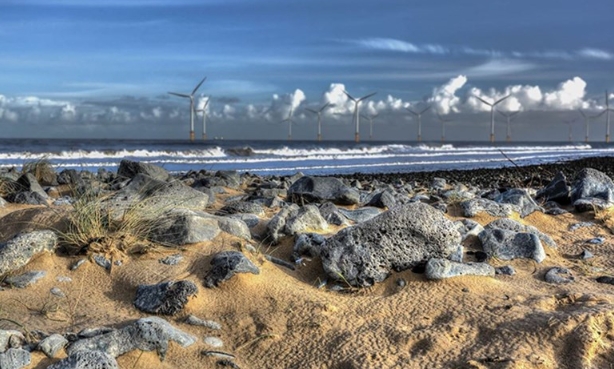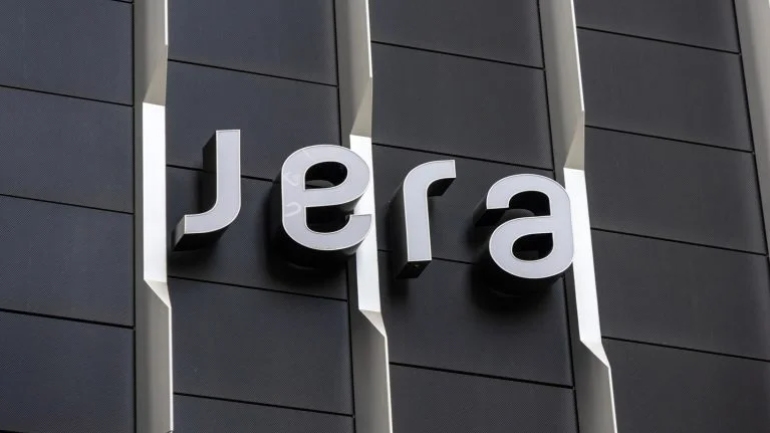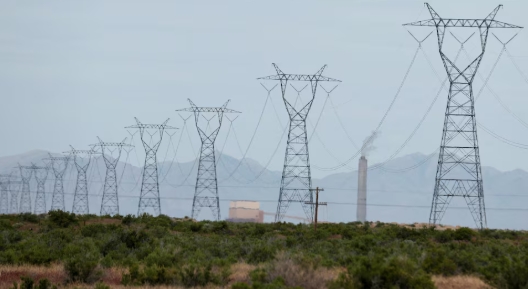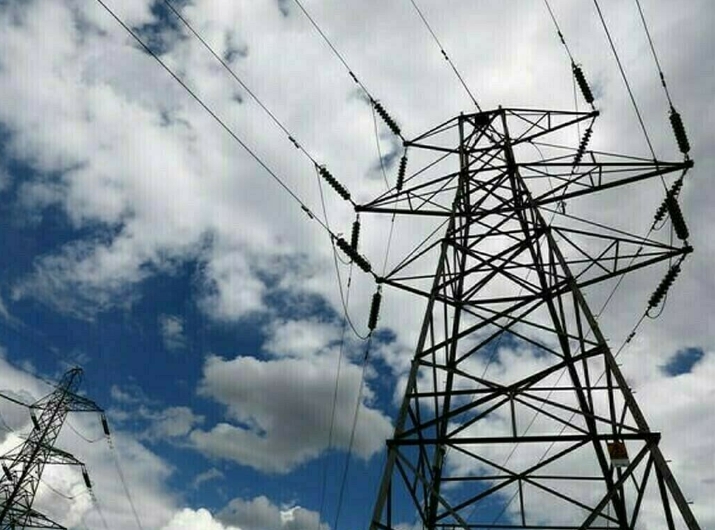Adds US crude export pricing context.
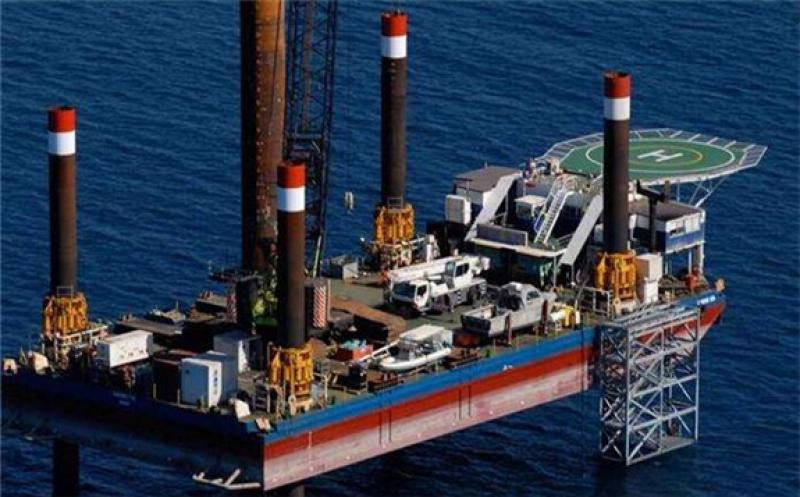
Traders are idling three US crude-laden very large crude carriers (VLCCs) under storage charters near Singapore and China and are directing three more VLCCs, also with storage options, to head that direction with US crude cargoes.
The Maran Cygnus has been storing US crude near Malaysia since 24 June and the Hess-chartered Desimi has been doing the same near trading hub Singapore since 3 July, according to vessel tracking data from Vortexa. The Freepoint-chartered Delta Glory has been waiting with US crude since 2 July outside the Chinese port of Qingdao, which is experiencing lengthy delays due to clogged pipeline and storage capacity. All three VLCCs were chartered since March with floating storage options, according to the Argus floating storage bookings database.
Three additional VLCCs booked with storage options are en route to Asia with US crude. These include the Hess-chartered Blue Nova, the Vitol-chartered Neptun, and the DHT Edelweiss.
Despite a drop in freight costs because of subdued crude export demand, the cost of storing crude on these tankers is still elevated because many of them were chartered during the peak freight rates in March and April. For example, the Eliza VLCC, which Shell chartered in April for $120,000/d, has been storing Mars crude since 7 April. The ongoing storage duration of 107 days for the Eliza, which has shifted from floating storage in the US Gulf coast to east coast Canada, yields a storage cost of $12.8mn — more than double the freight cost of a US Gulf coast-China VLCC shipment today.
Some traders are opting to keep their US crude-laden VLCCs they booked with storage options in the US Gulf coast. The Front Endurance VLCC, which Trafigura chartered for $100,000/d according to the Argus database, finished loading its US crude cargo on 1 June and has remained in the region, according to Vortexa. A second VLCC, the Shell-booked Maran Corona, remains in storage in the US Gulf coast after loading at the Louisiana Offshore Oil Port on 23 April.
Crude obstacles
US crude producers have been struggling to sell excess volume in the global waterborne spot market in recent weeks amid a relatively narrow spread between US benchmark WTI and prompt-month Ice Brent — as well as facing ample supply of competing grades from Europe and the Mideast Gulf.
October Ice Brent, which is the relevant contract for cargoes loading in August, settled just $2.60/bl over prompt-month WTI today. Most market participants consider $4/bl or higher to reflect a workable arbitrage that easily covers transportation costs and timing differences.
Spot US crude cargo values are at a one-month low as stocks at the US Gulf coast hover near capacity and regional refining demand remains weak. This is leading the market to take another look at floating storage opportunities despite challenging economics.
At least 11mn bl of US crude is in floating storage offshore the US Gulf coast, Asia-Pacific, Canada and South Africa, compared to an estimated 4mn bl at the start of July.

